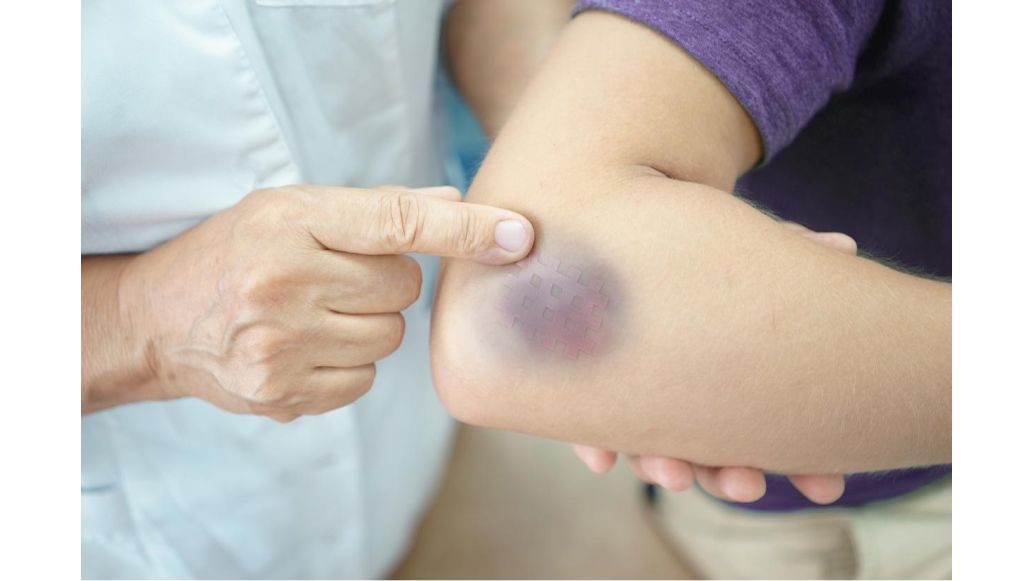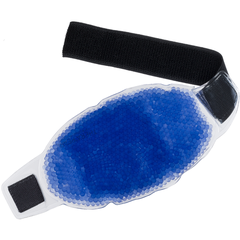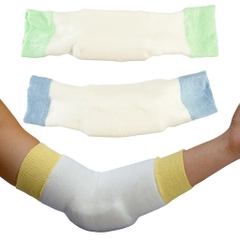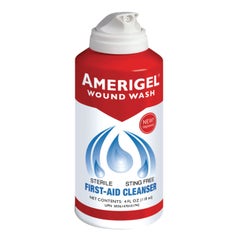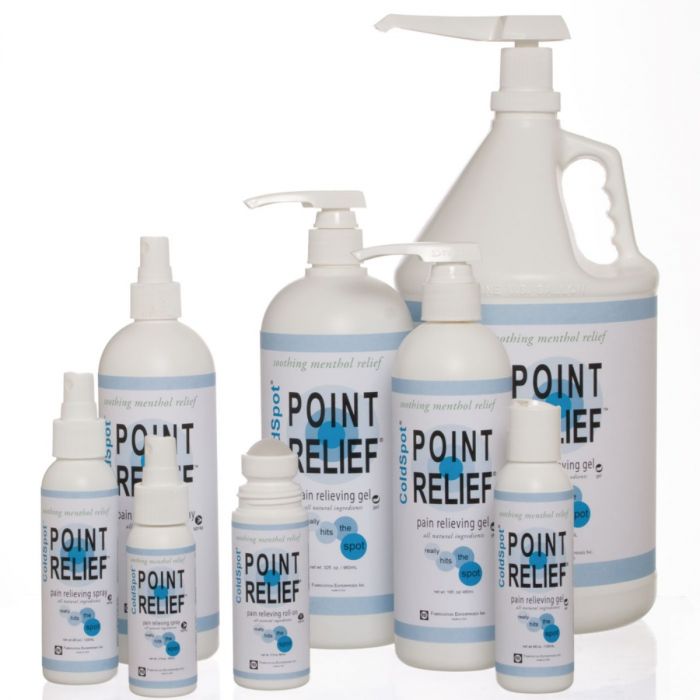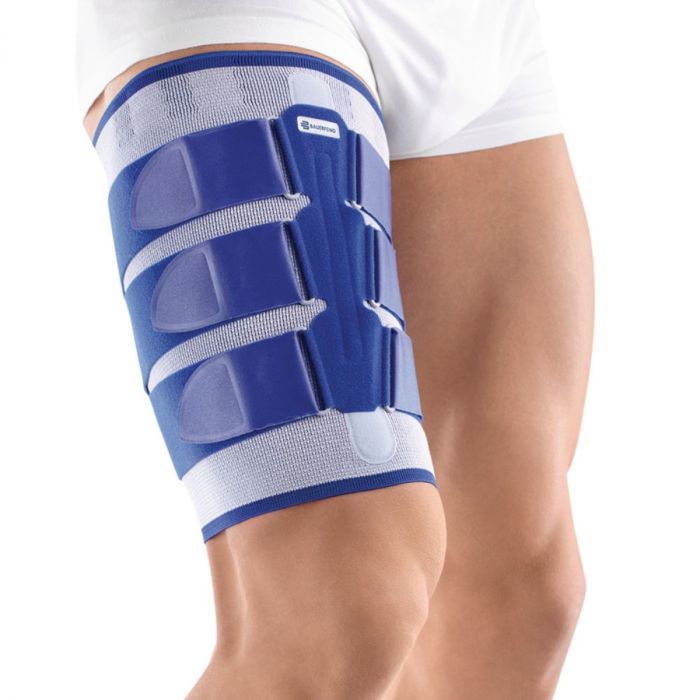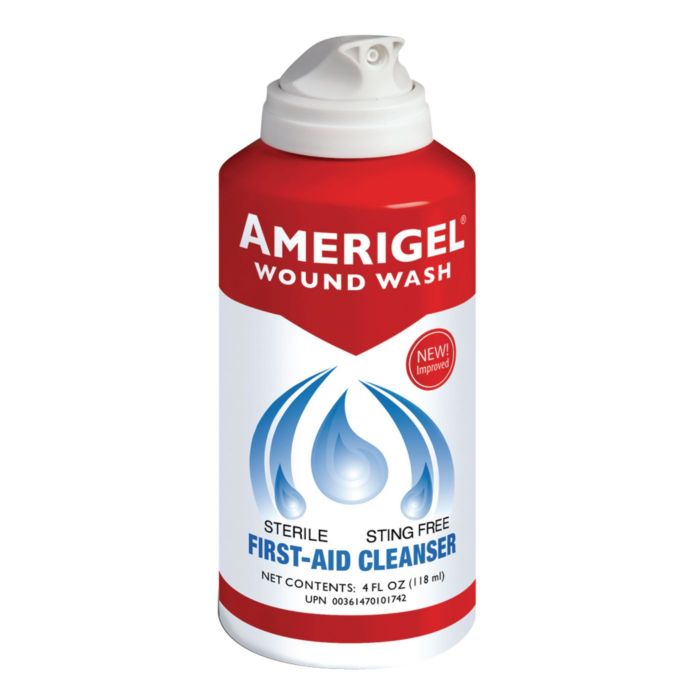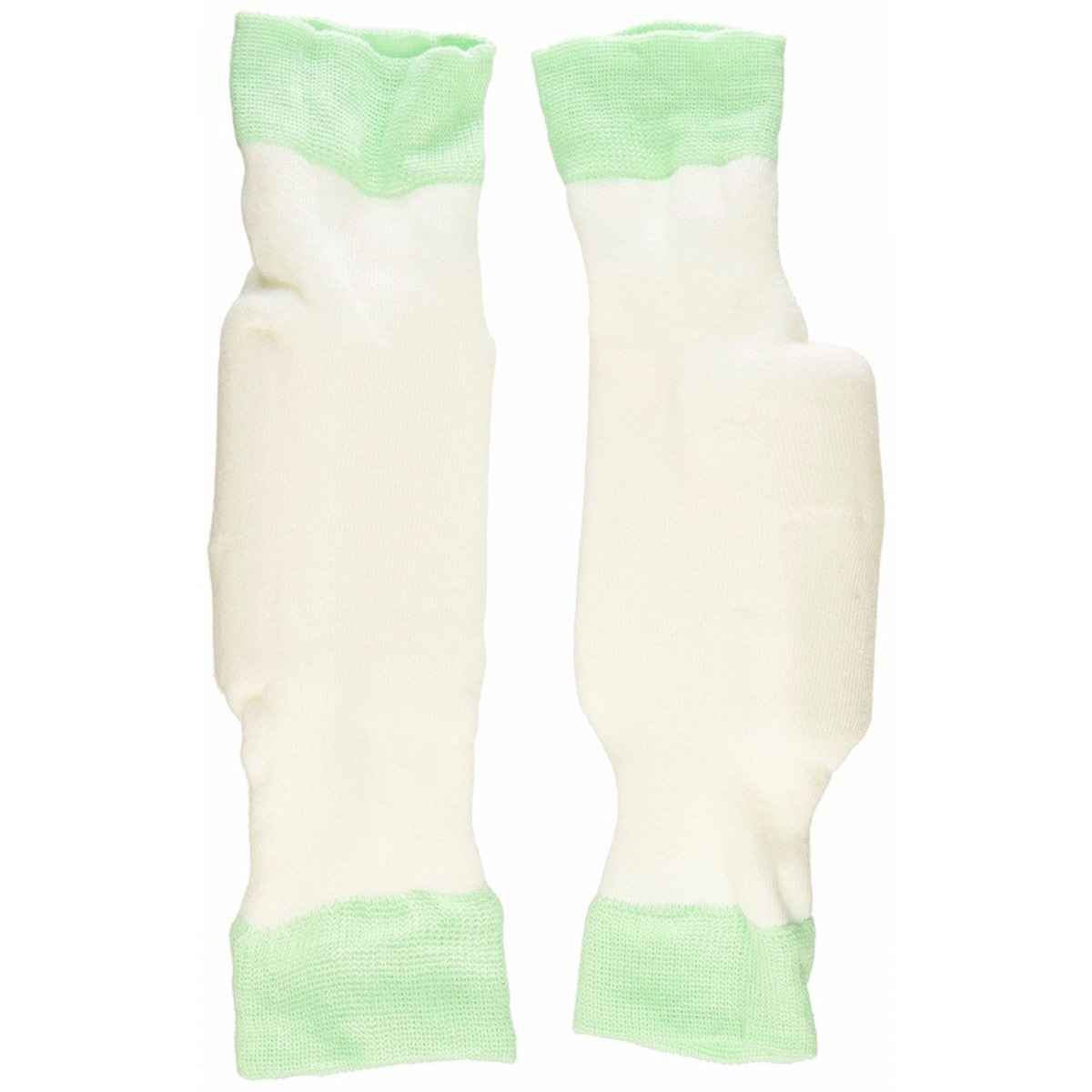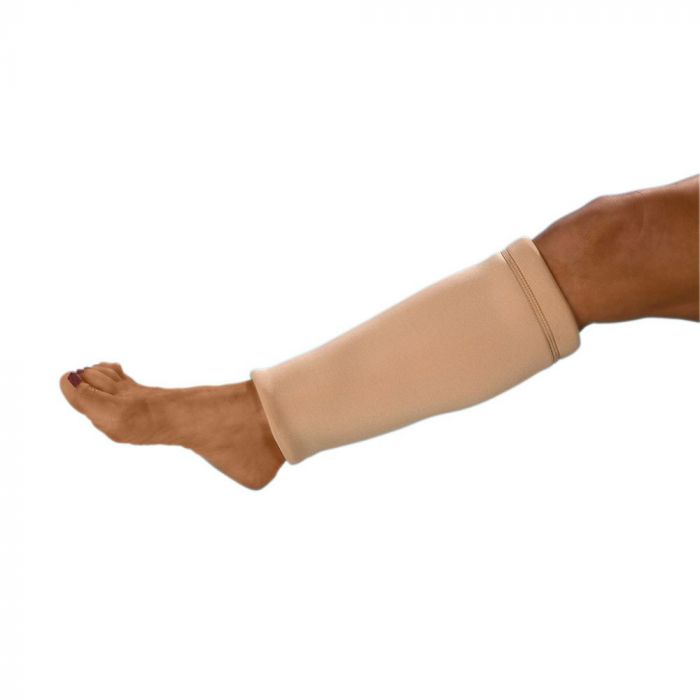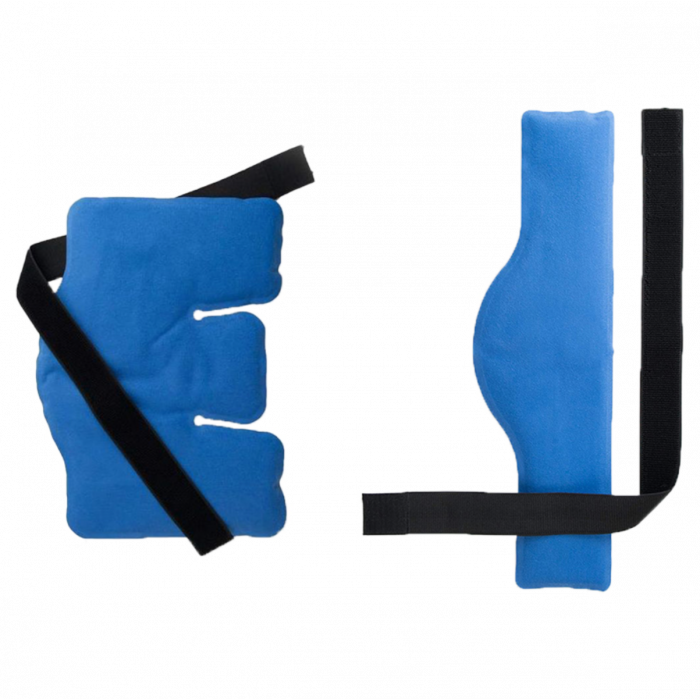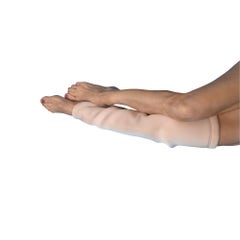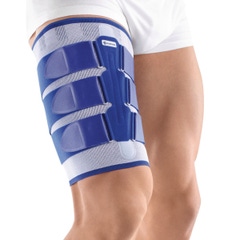Key Takeaways
- A bruise is formed when capillaries near the skin’s surface are broken following an injury
- Medically referred to as a contusion, bruises most commonly occur on the arms and legs
- This article discusses tips to get rid of bruises quickly and when they may indicate a more severe injury
Top Products in This Article
Table of Contents
- Why Do I Bruise Easily?
- How Bruises Evolve Over Time
- How to Safely & Quickly Get Rid of a Bruise
- Ways to Prevent Bruises
- Signs that a Bruise May Indicate Something More Serious
Why Do I Bruise Easily?
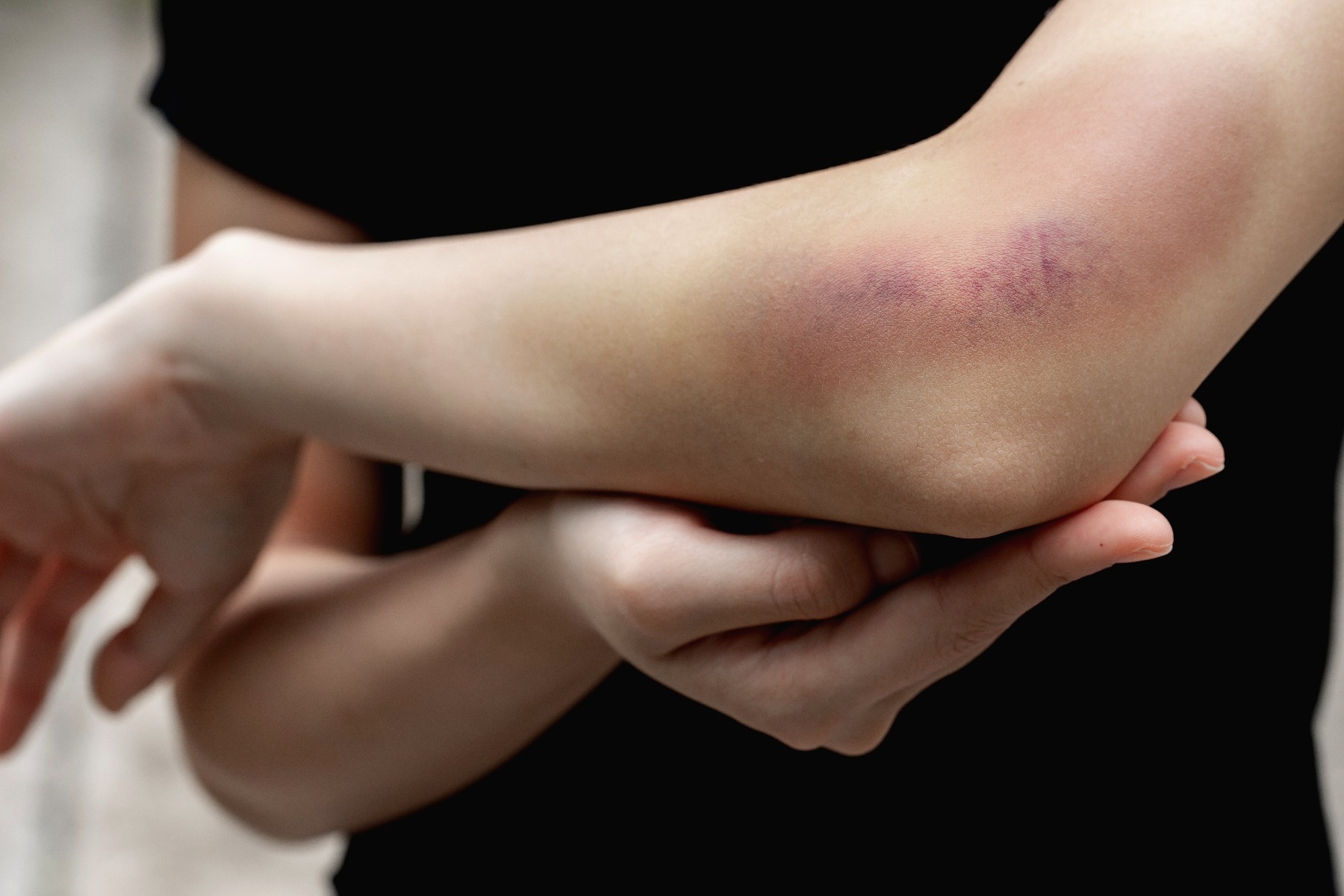
There are several reasons why a person can bruise. In general, bruising occurs when capillaries near the skin’s surface are broken, and blood becomes trapped under the skin. Several forms of strong pressure to the skin can cause a bruise.3 While more severe injuries can take longer, minor bruises should start to heal within a few days and completely disappear within a month.
Some individuals notice bruises without knowing how they were caused. Others develop large bruises after minor injuries or have small bruises that take weeks to heal. Frequent bruising is common and can occur for reasons other than serious disease.
Here are three of the reasons why people may bruise more easily.3 Consult your doctor if you notice any new bruising that is out of the ordinary.
1. Age
Age is one of the most common reasons why individuals bruise more easily. As we age, blood vessels and skin become weaker and thinner. The protective fatty layer of the skin that protects blood vessels from injury starts to diminish. This greatly increases the chances of bruising.
2. Medications
As people get older, they also tend to increase their intake of medications. Studies show that certain medications, especially blood thinners, increase the risk of bruising. Blood thinners weaken blood vessels and cause a person to bleed and bruise more easily.
3. Genetics
Studies indicate that genetics play a role in the frequency that a person may bruise. Bruising may run in families. Some individuals may notice that they also have relatives that bruise frequently or rarely. In addition, genetic conditions such as bleeding disorders can impact an individual’s ability for their blood to clot.
How Bruises Evolve Over Time
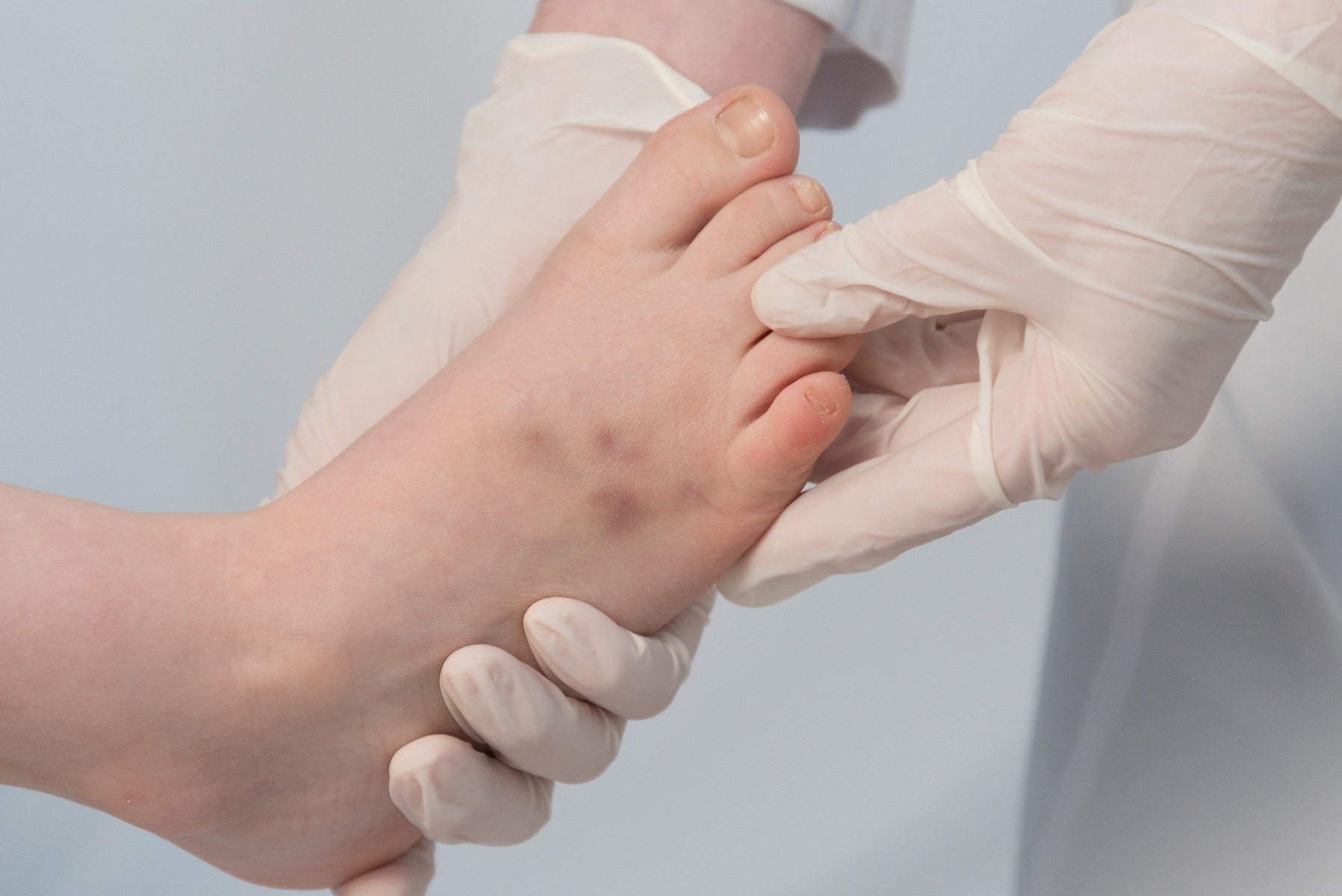
A bruise may change color multiple times before it has fully healed. As the body heals it breaks down hemoglobin, which is the compound in our blood that gives it a red color. During this process, a bruise will change shades. This is a common aspect of the healing process and is not a cause for alarm.1 Skin color can also impact the color of a bruise. Individuals with a medium skin tone may notice that their bruises appear more red or yellow, whereas darker skin tones may display a bruise as purple.
Throughout the healing process, a bruise transitions between the following colors:1
- Directly after an injury, a bruise typically appears bright red because fresh, oxygen-rich blood has recently pooled beneath the top layer of the skin
- 1-2 days following an injury, the blood will gradually lose oxygen, causing the bruise to appear blue, purple, or black in some cases
- After 5-10 days, the bruise will turn yellow or green. This color change indicates that the healing process has begun
- Finally, the bruise will appear yellow brown or light brown 10-14 days after the initial trauma. A scab may form, and will eventually fall off as the skin fully heals and the bruise heals
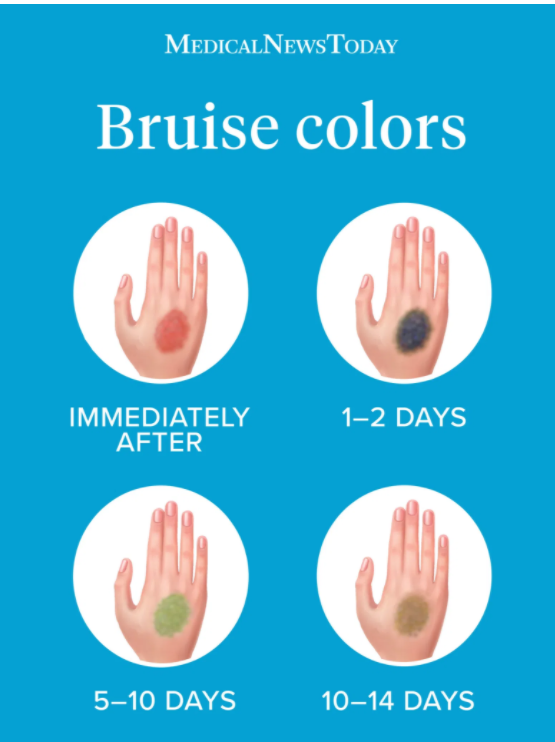
Image Source: Medical News Today1
How to Safely & Quickly Get Rid of a Bruise
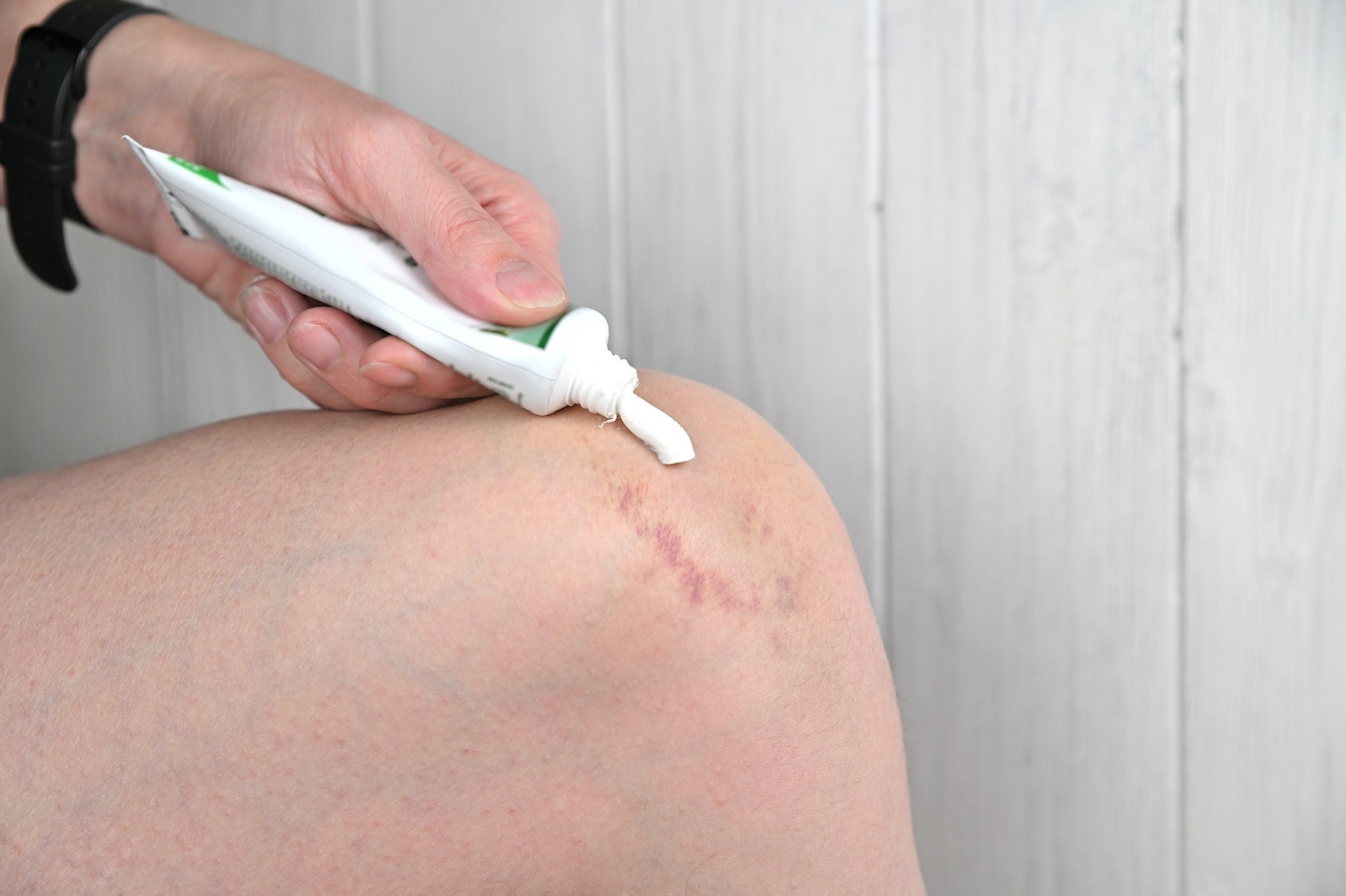
It is common to want to quickly get rid of your bruise. Bruises often cause discoloration of the skin as well as some pain. Fortunately, there are several products available that can help speed up the healing process.
1. Reusable Cold Pacs
One of the most effective ways to help heal a bruise is by quickly applying ice to the injured area. When ice is applied to a bruise, it helps to slow bleeding down and decrease swelling. This reduces the overall size of the bruise and reduces inflammation.1 Reusable Cold Pacs evenly apply therapeutic cold over muscles and joints. This product is available in every size for every body part.
2. TheraPearl Sports Pack with Strap Color-Changing Hot and Cold Pacs
Another effective product that provides therapeutic cooling relief is the TheraPearl Sports Pack with Strap Color-Changing Hot and Cold Pacs. The oval-shape design makes it easier to quickly treat any part of the body such as your elbows, knees, and ankles. The cold therapy pacs help relieve any strains, bruising or swelling and come equipped with an adjustable strap.
3. Point Relief ColdSpot
Point Relief ColdSpot is designed for quick pain relief in the muscles, joints, and tendons. This pain solution provides temporary relief from back aches, arthritis, bruises, and sprains. It is great for minor emergencies like bumps, bruises, or general muscle soreness.
4. Bauerfeind MyoTrain
Bauerfeind MyoTrain is the faster, easier alternative to taping for thigh muscle injuries, such as the muscle fiber tears or pulls, myosclerosis or bruising (thigh knock). Compression pads can be cooled and applied immediately after injury to provide targeted compression to injured muscles, minimizing bruising, and swelling and shortening healing time.
Ways to Prevent Bruises
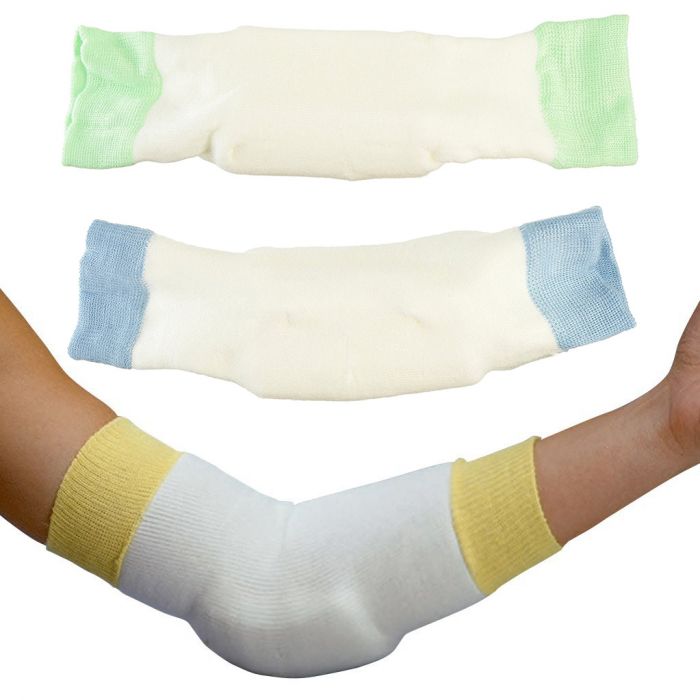
As previously discussed, some people bruise more easily than others. Bruising can occur from impact due to trauma, or because of procedures such as injections.2 Some individuals frequently bruise due to underlying conditions such as eczema and allergies that thin the skin. Even though bruising varies from person to person, studies indicate that there may be ways that you can prevent future bruising. Below is a list of helpful products that are designed to help with bruise prevention.
1. Amerigel Wound Wash
Amerigel Wound Wash is the faster, easier alternative to taping for thigh muscle injuries, such as the muscle fiber tears or pulls, myosclerosis or bruising (thigh knock). Compression pads can be cooled and applied immediately after injury to provide targeted compression to injured muscles, minimizing bruising, and swelling and shortening healing time.
2. Rolyan Elbow/Heel Protectors
If you’re looking for a preventative aid that protects the integrity of the skin over long periods of time, Rolyan Elbow/Heel Protectors are the perfect solution. The stretchable sleeves provide shock absorption and pressure relief, preventing bruising caused by injury. The removable foam or gel pads are designed to provide comfortable protection and easily slide on the arm or heel.
3. DermaSaver Leg
For individuals with delicate skin, the DermaSaver Leg is a great option. This product stays in place to protect fragile skin from pressure, friction, and minor traumas that result in tears, bruising, and abrasions. It consists of two layers of soft, lightweight MicroSping Textile that forms a loose-fitting tube. Unlike traditional fabric sleeves or stockings that are tight and binding, the layers of microfilaments allow airflow and moisture transfer.
4. Stay-Put Hot & Cold Therapy Dual Comfort Wrap
The Stay-Put Hot & Cold Therapy Dual Comfort Wrap offers total muscle pain relief, as well as injury prevention. Pop in the microwave for soothing heat or freeze for chilled relief. Choose cold therapy to relieve post-workout pains, sprains, bruising, swelling, shin splints, tennis elbow, minor sunburns, or headaches. Take advantage of heat therapy to prepare for exercise, joint stiffness, continuous aches, and muscle pains or spasms.
Signs that a Bruise May Indicate Something More Serious
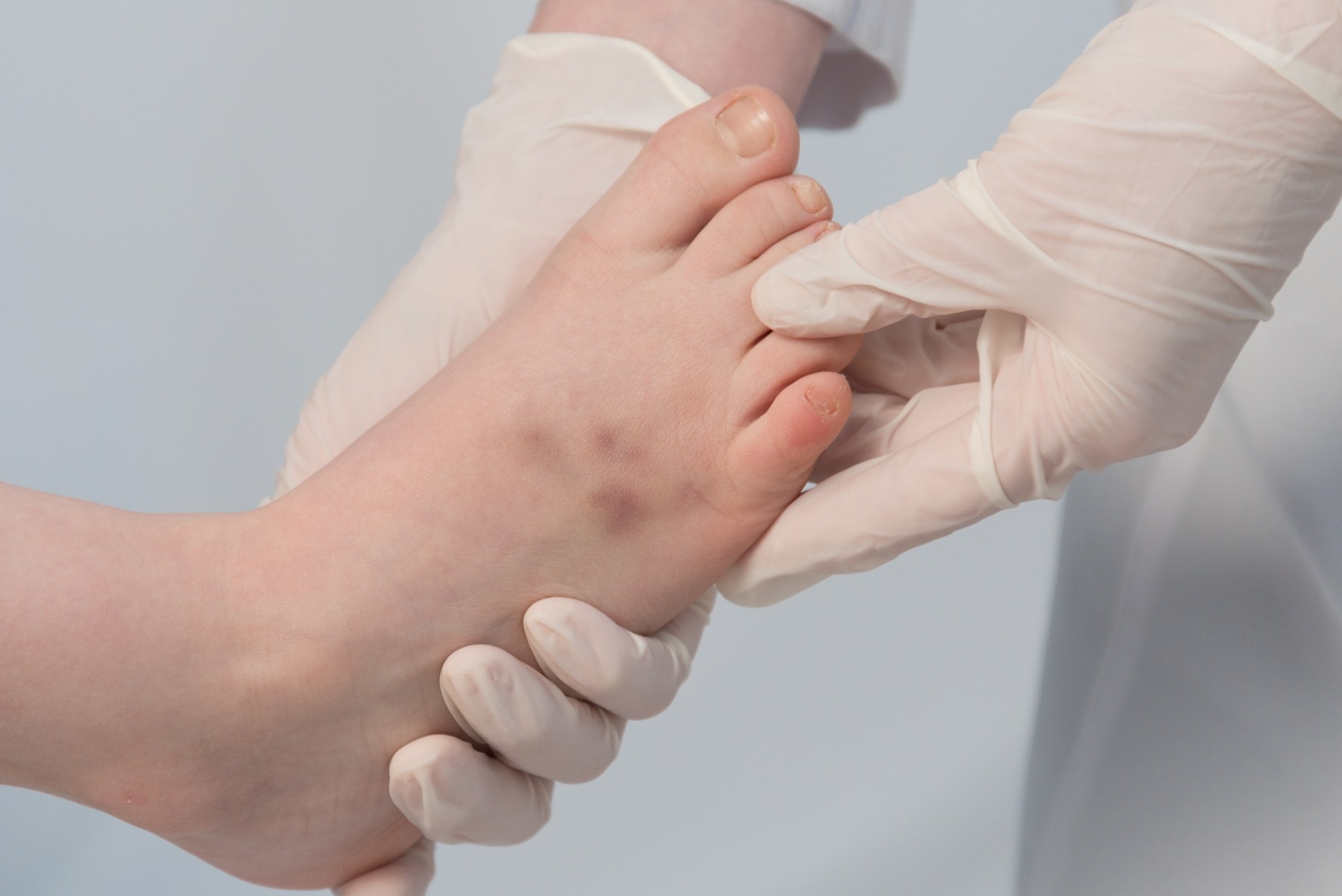
In most cases, bruising is normal and is not a cause for concern. People are usually able to treat their bruise at home and notice improvement after a couple of weeks. There are certain cases, however, when bruising may indicate a serious problem that requires treatment from a medical professional.
If you have experienced significant trauma or your bruise has not healed after two weeks, you should contact your doctor. This might be a sign of a more serious condition known as a hematoma. Although like bruises, hematomas can be more serious and develop quickly. They occur when blood pools outside of the blood vessel and can be caused by an aneurysm or severe injury. In the case that you are experiencing inflammation, tenderness, warmth or swelling, call your physician.4 They will be able to perform a physical exam or order further testing to properly diagnose and treat your condition.
There are additional warning signs that you should be aware of that may indicate professional medical treatment is needed for your bruise:1
- Limb numbness
- Loss of function in a joint, limb, or muscle
- Continues to grow
- Reappearance in the same spot or does not start to heal after several weeks
- Occurs on the head or neck, or without cause on the abdomen
Recap
Bruises are a common injury that result in discoloration of the skin. They evolve over time and generally take less than a month to heal. While some individuals are more prone to bruising for several reasons, there are several products available to help speed up the healing process and prevent further bruising in the future. While uncommon, bruising can be a cause for concern and a sign of something more serious. Make sure to meet with your doctor to discuss any questions regarding your skin.
Try these products today!
References
1. Bruise colors: Causes, timescale, and when to see a doctor. (n.d.). Retrieved July 29, 2021, from https://bit.ly/3rJ5ktW
2. Timmons, J. (2018, August 24). Is It Possible to Prevent Bruising? Retrieved from https://bit.ly/3ymLNCr
3. Villines, Z. (2019, June 20). Why do I bruise easily? 7 possible causes. Retrieved from https://bit.ly/3rPrhb7
4. Bruise or Hematoma. (2020). Retrieved from https://bit.ly/3jtFCWS
Medical Disclaimer: The information provided on this site, including text, graphics, images, and other material, are for informational purposes only and are not intended to substitute for professional medical advice, diagnosis, or treatment. Always seek the advice of your physician or other healthcare professional with any questions or concerns you may have regarding your condition.








 France
France Australia
Australia